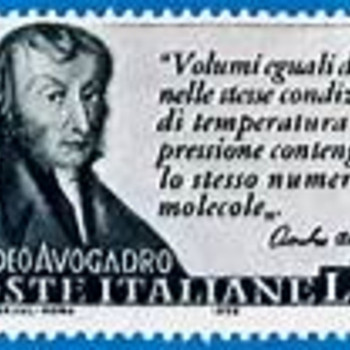Most definitions specify #(4n+2)*pi# #"electrons"# constrained in a ring such that the #pi# #"electrons"# are free to move around the ring.
Benzene, #C_6H_6#, with #6*pi# #"electrons"# fulfils these criteria. So does pyrrole, #C_4H_5NH#, and furan, #C_4H_4O#, and thiophene, #C_4H_4S#; for the heterocycles, the lone pairs on the heteroatoms make up the remaining pair of #pi# electrons. And such aromaticity confers special properties of reactivity and stability with respect to non-aromatic molecules, where the #pi*"electrons"# and not delocalized.
On the other hand, #"cyclobutadiene"#, #C_4H_4#, is said to be #"anti-aromatic"#, i.e. it has got #4n*pi# #"electrons"#, and this confers a special, intrinsic instability. And special experiments have to be performed to demonstrate the (transient) existence of #"anti-aromatic molecules"#.
And so we got cyclopropenyl cation....#C_3H_3^+#, and since this has got #2*pi# #"electrons"# constrained in a ring, and the which are certainly delocalized around the ring, this beast ALSO fulfils the stated criteria for aromaticity.
And when the hydrogens are replaced by bulky hydrocarbyl groups, some coordination chemistry of the AROMATIC cyclopropenyl cation may be developed.

